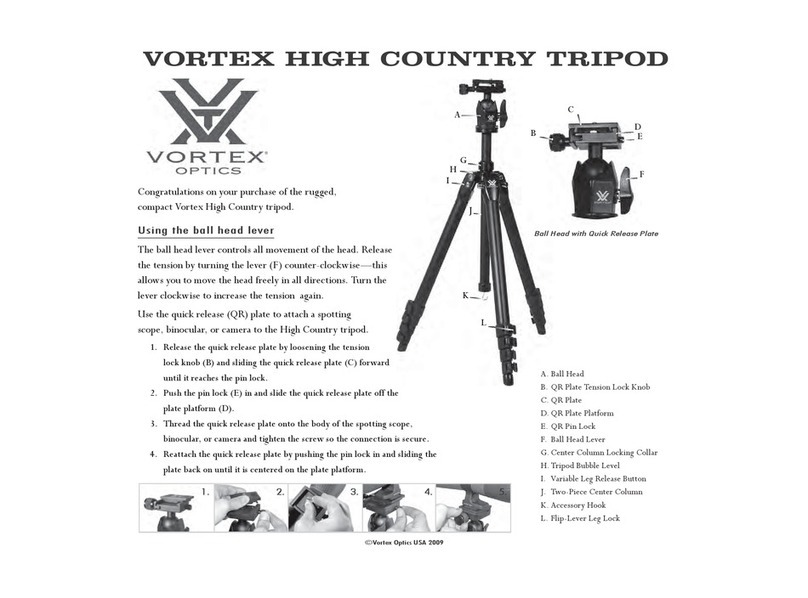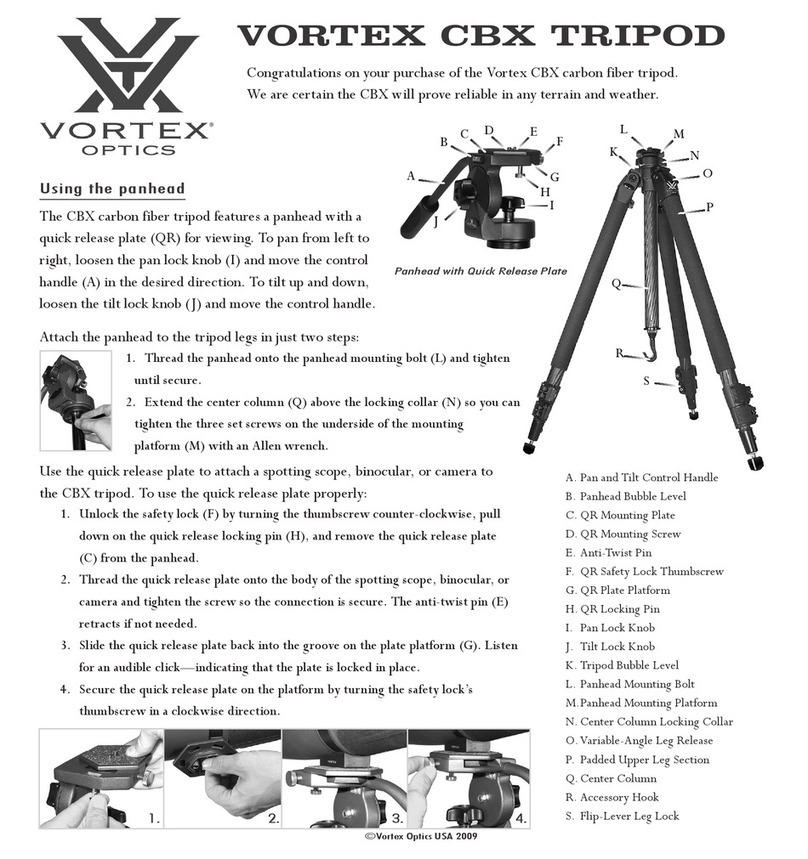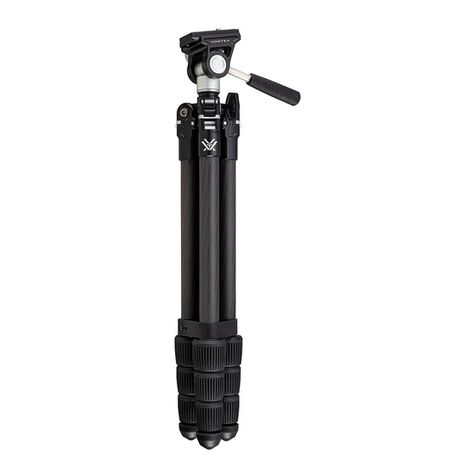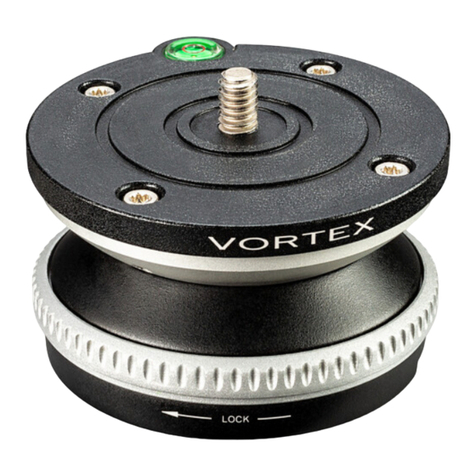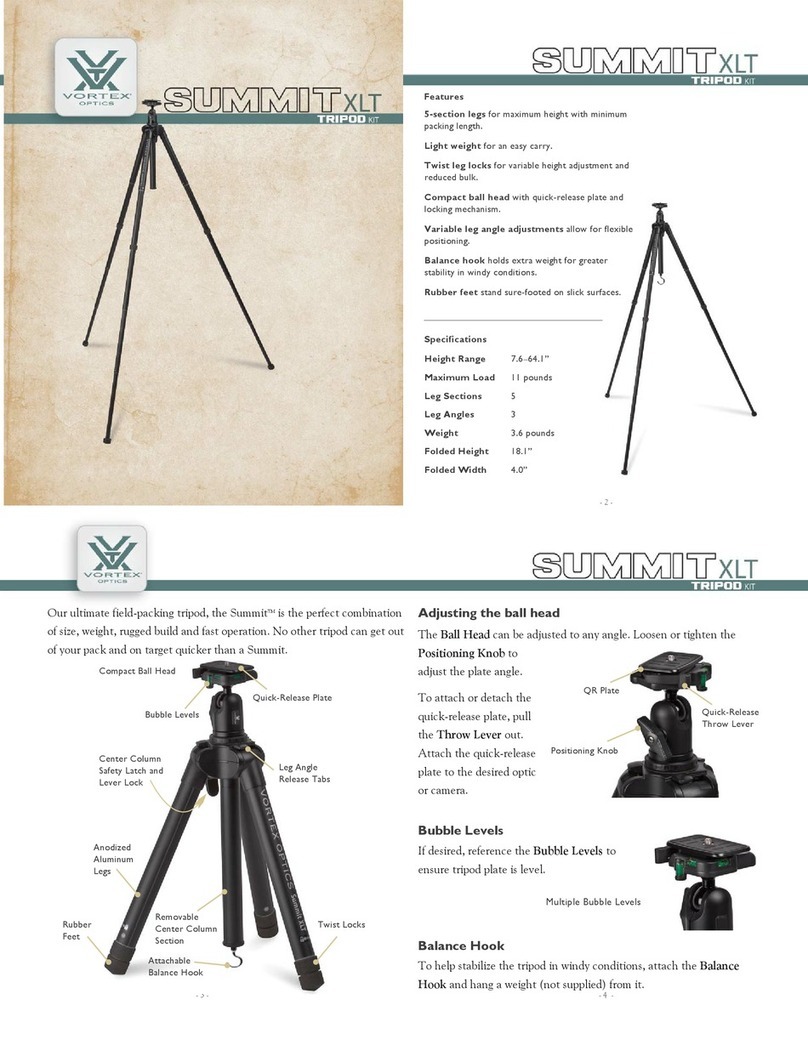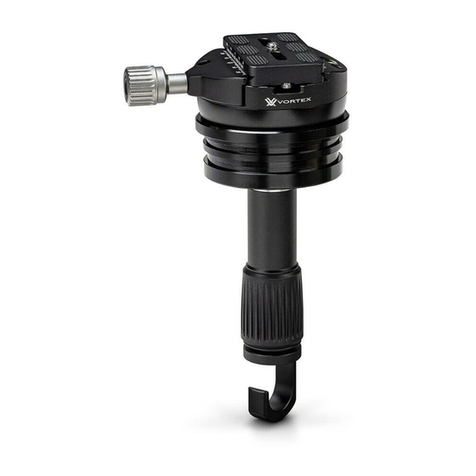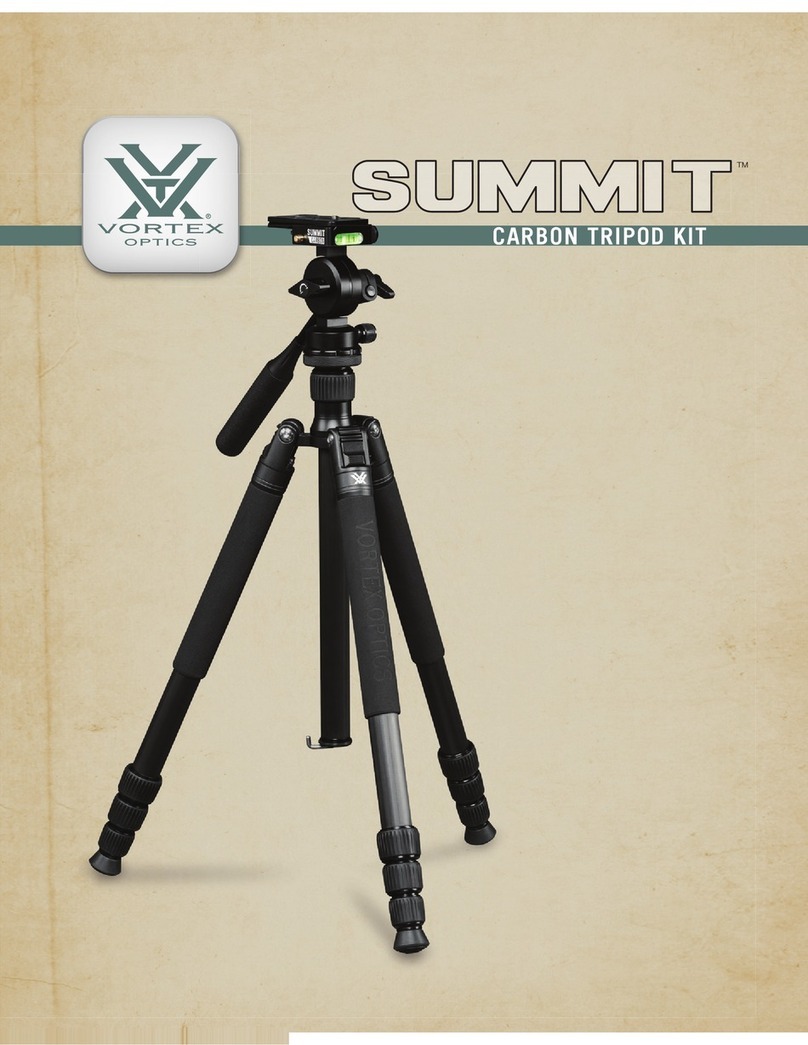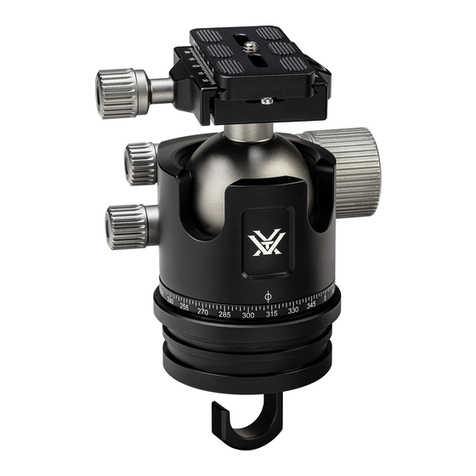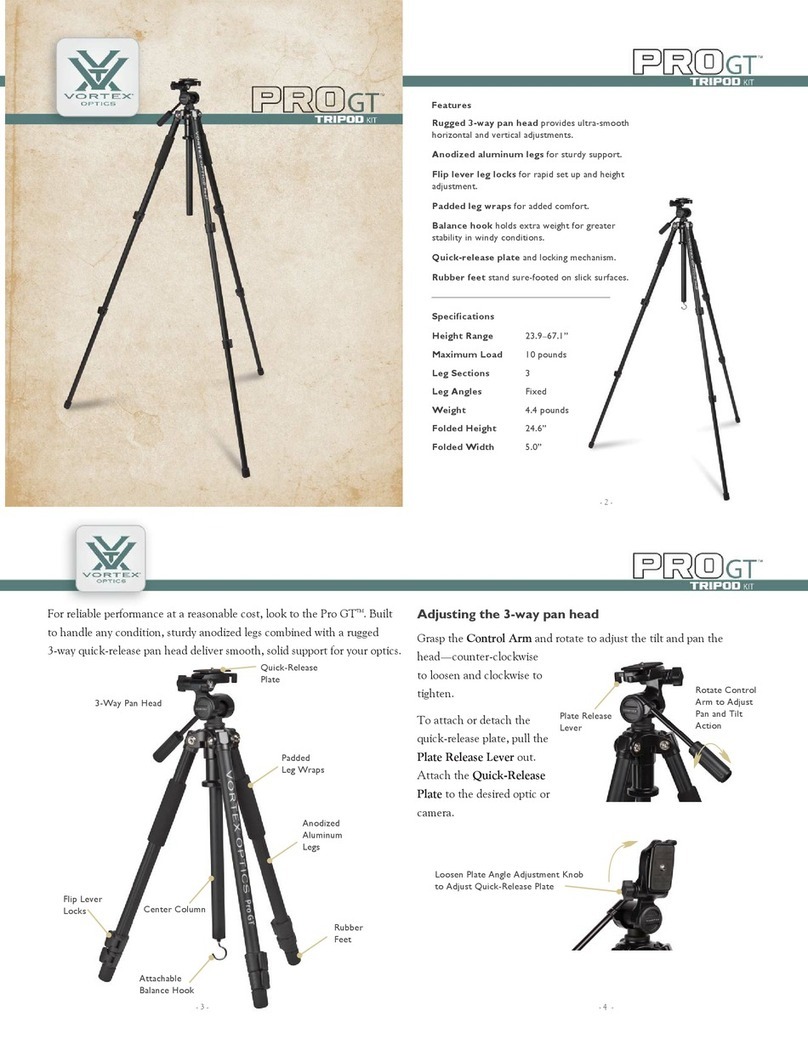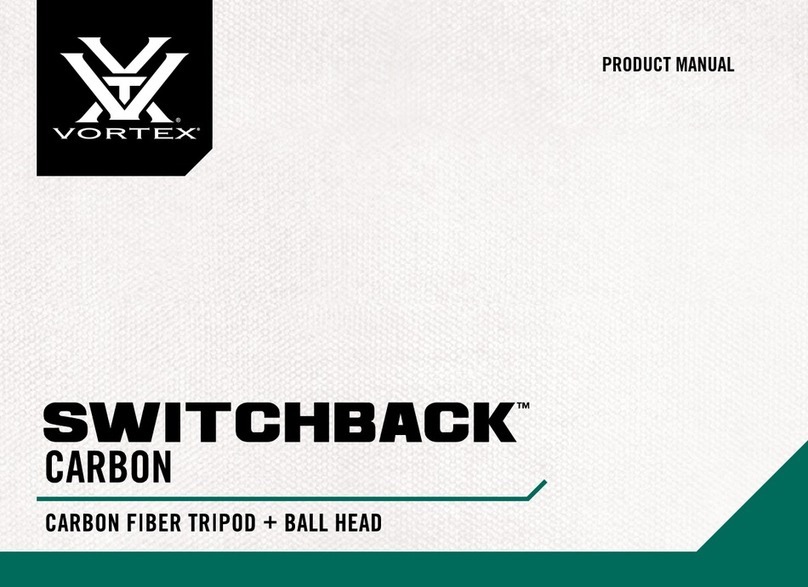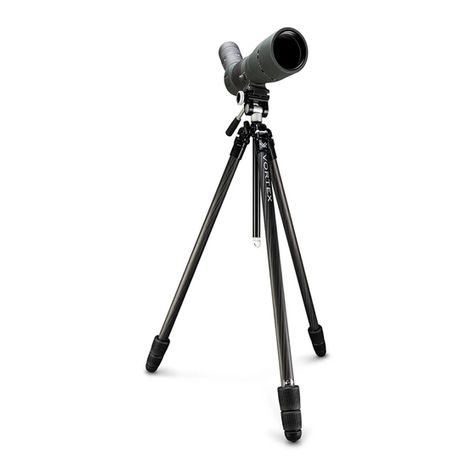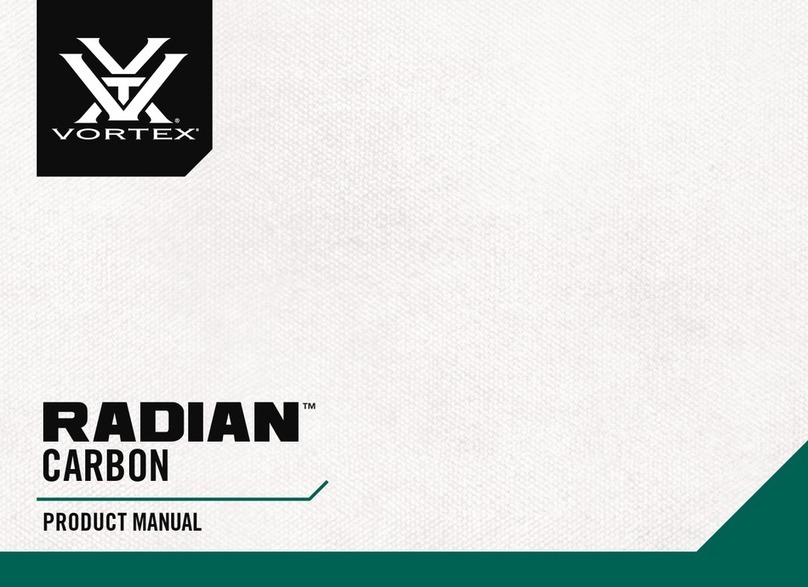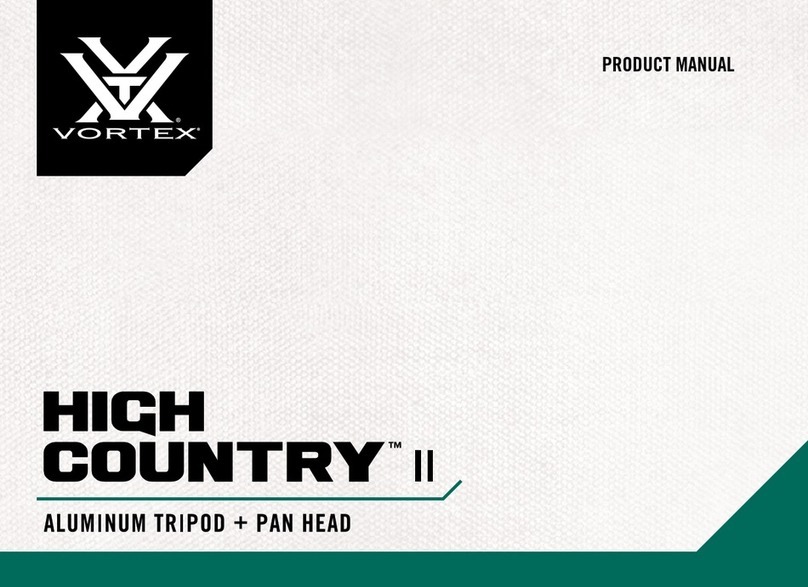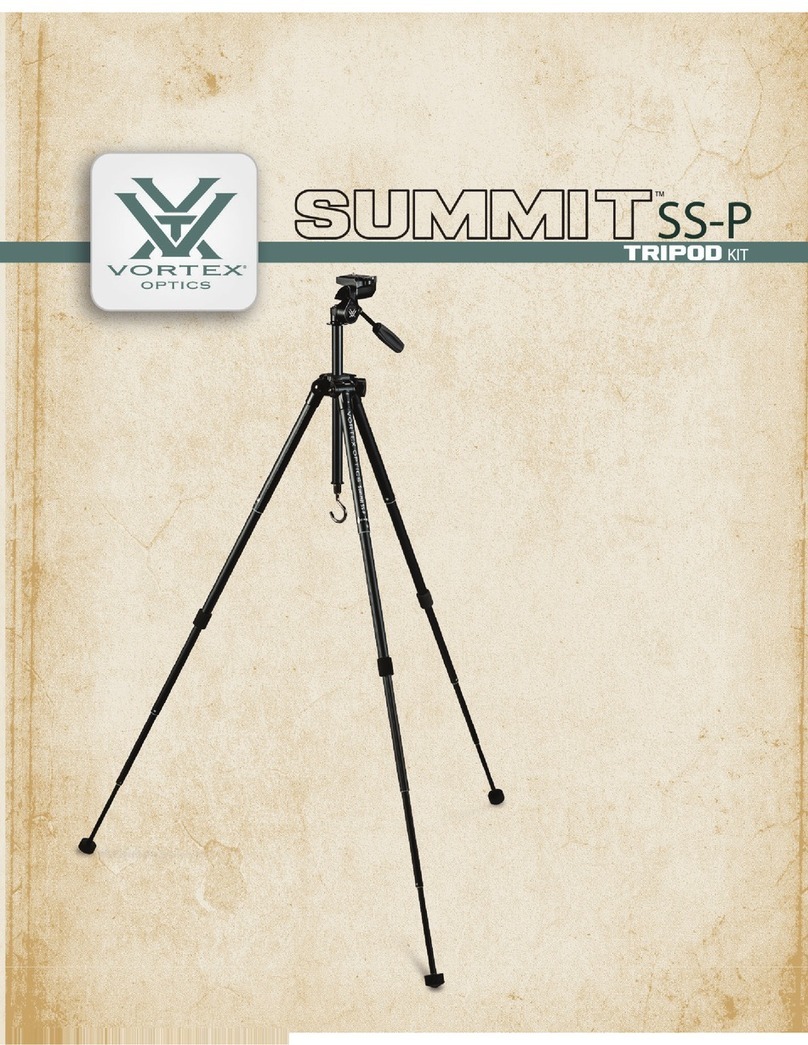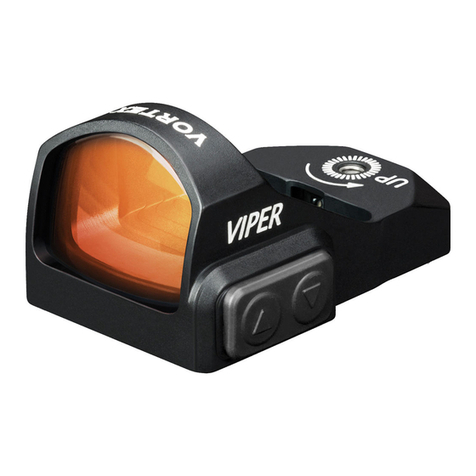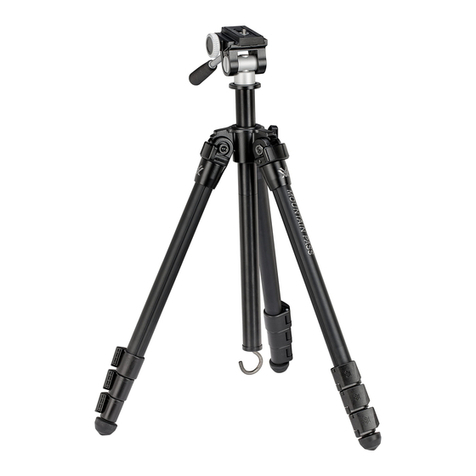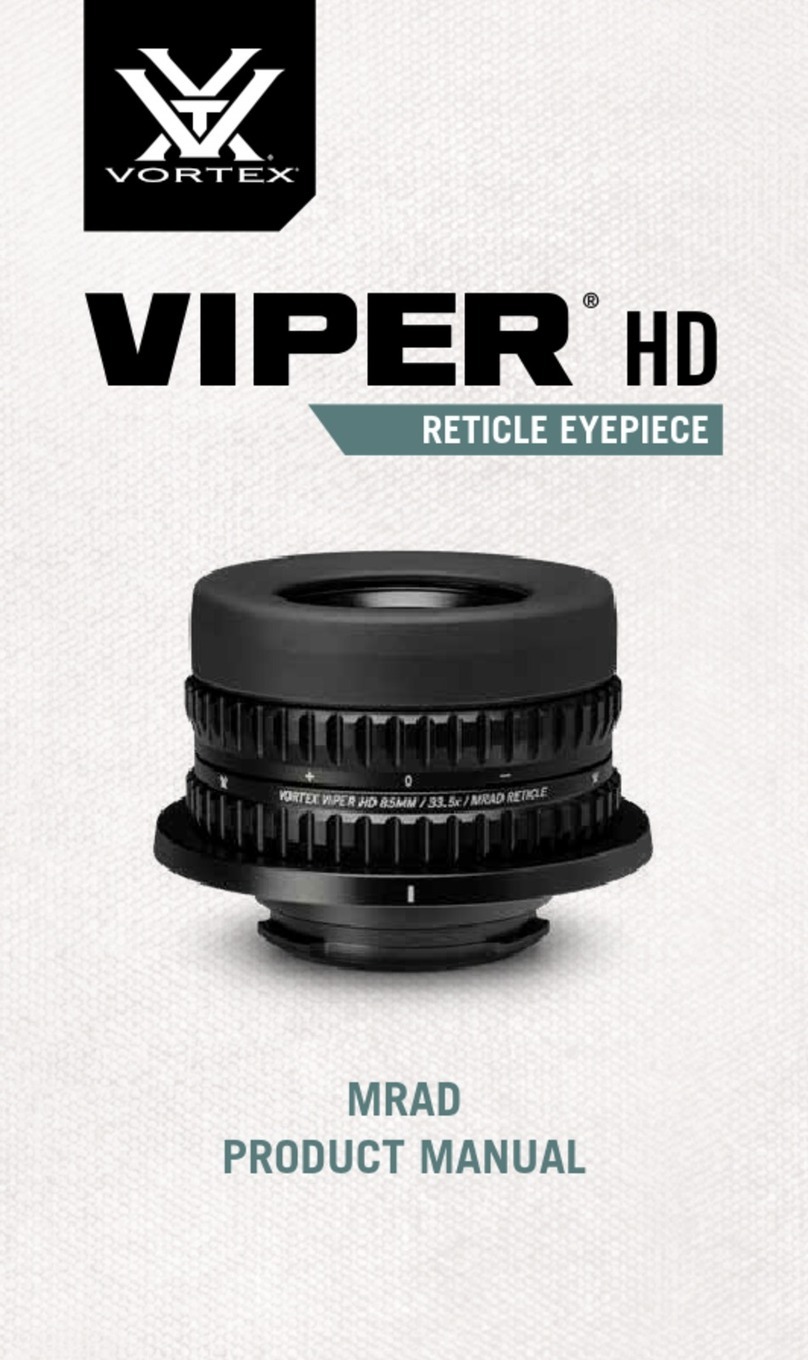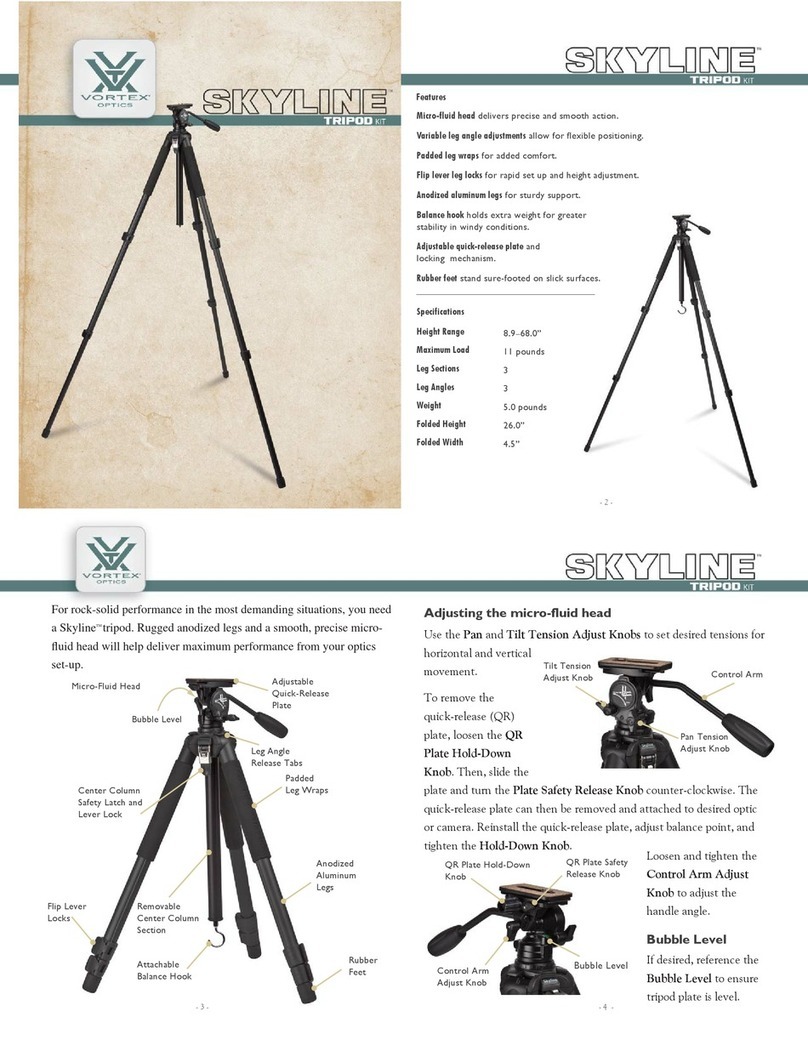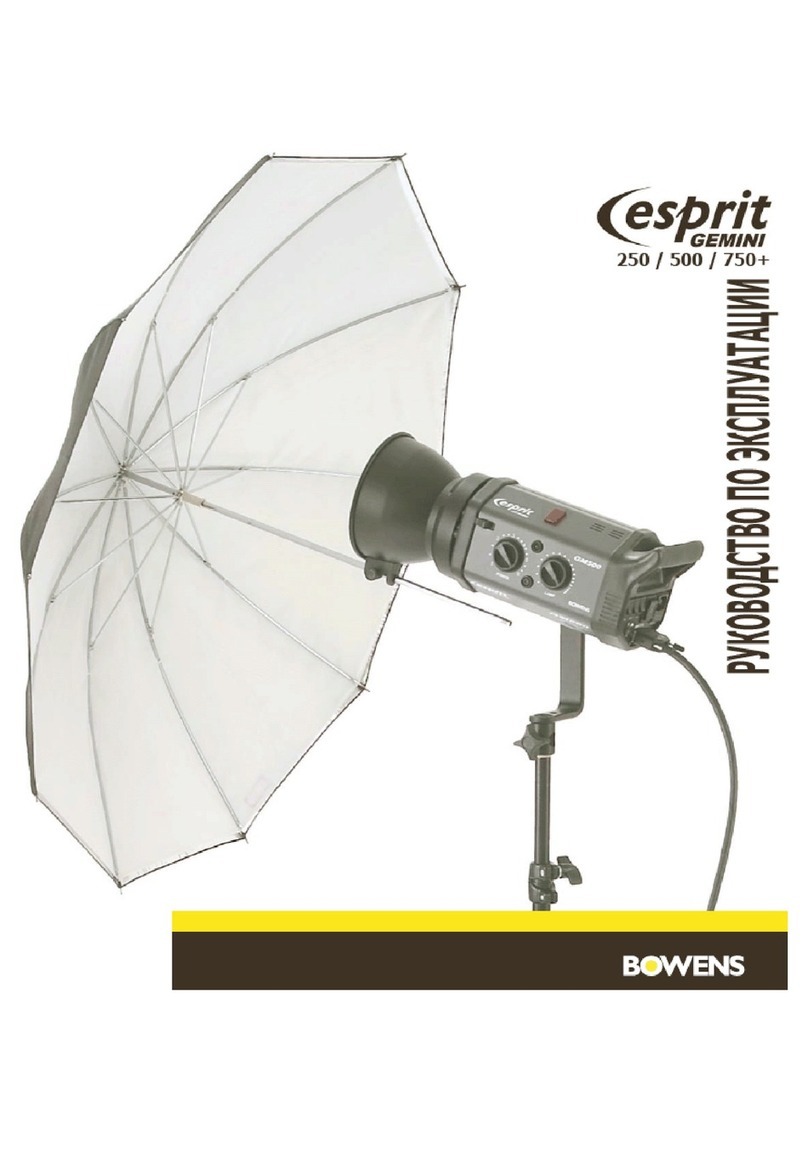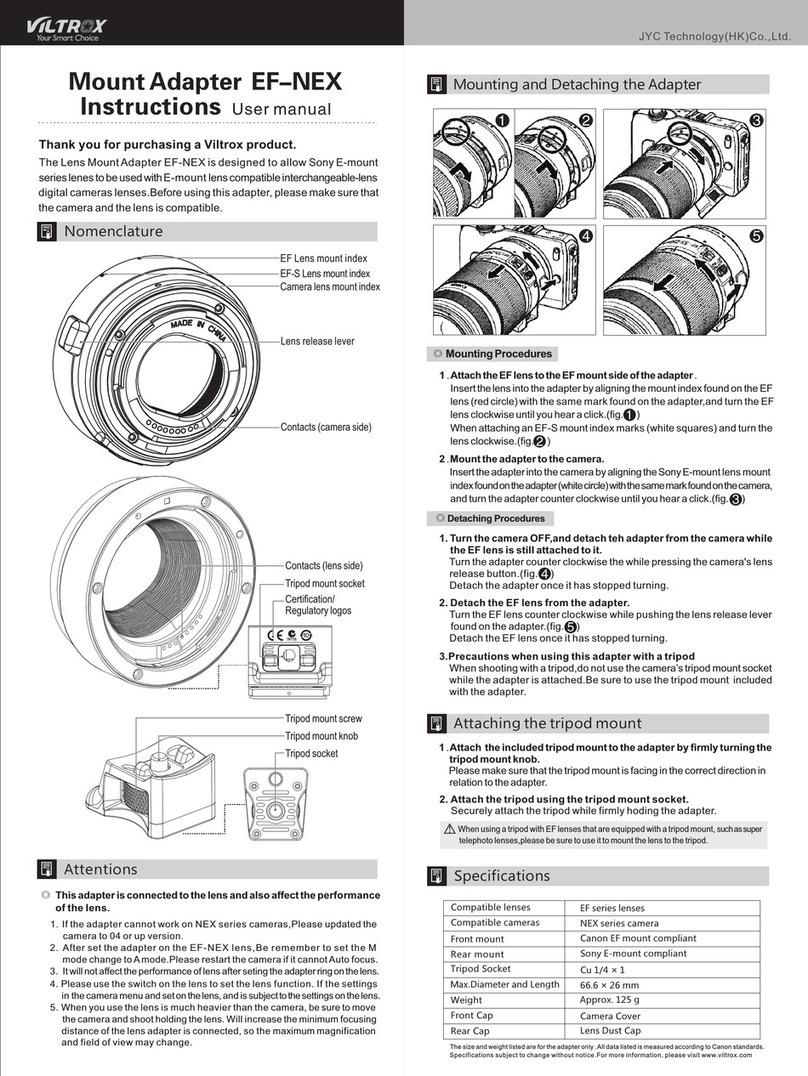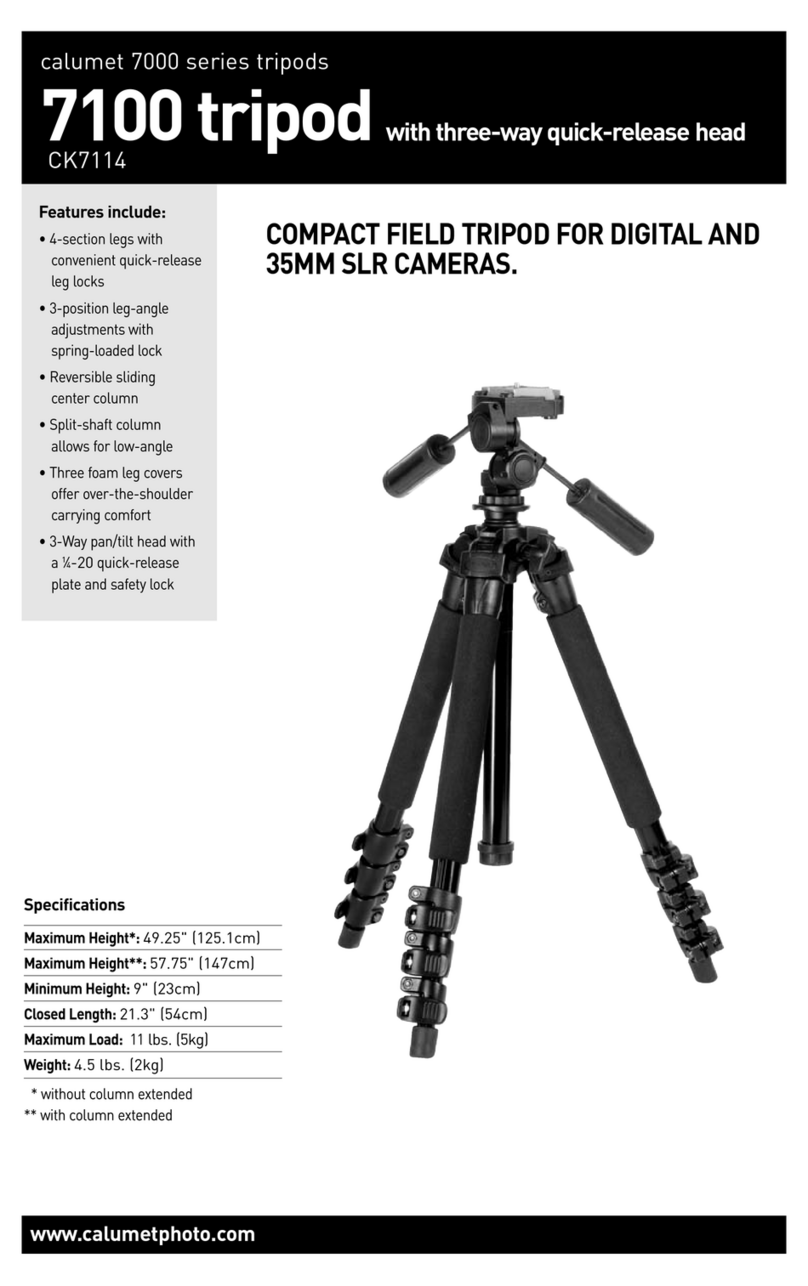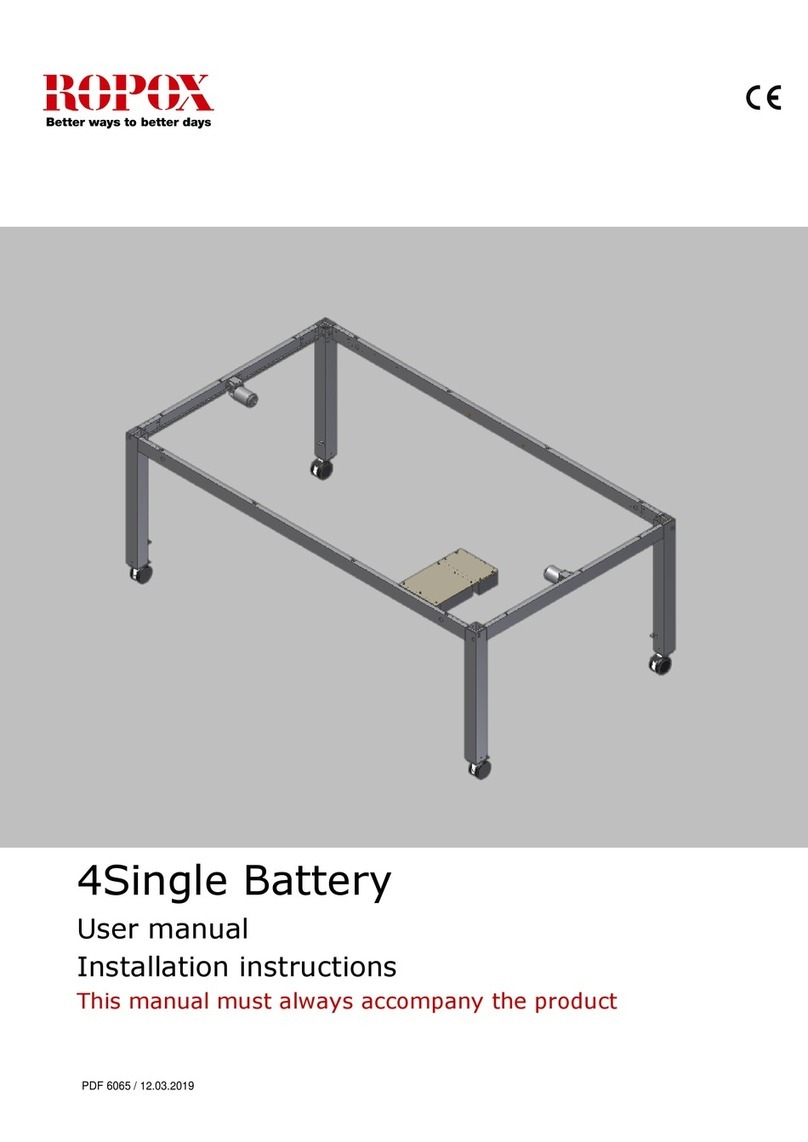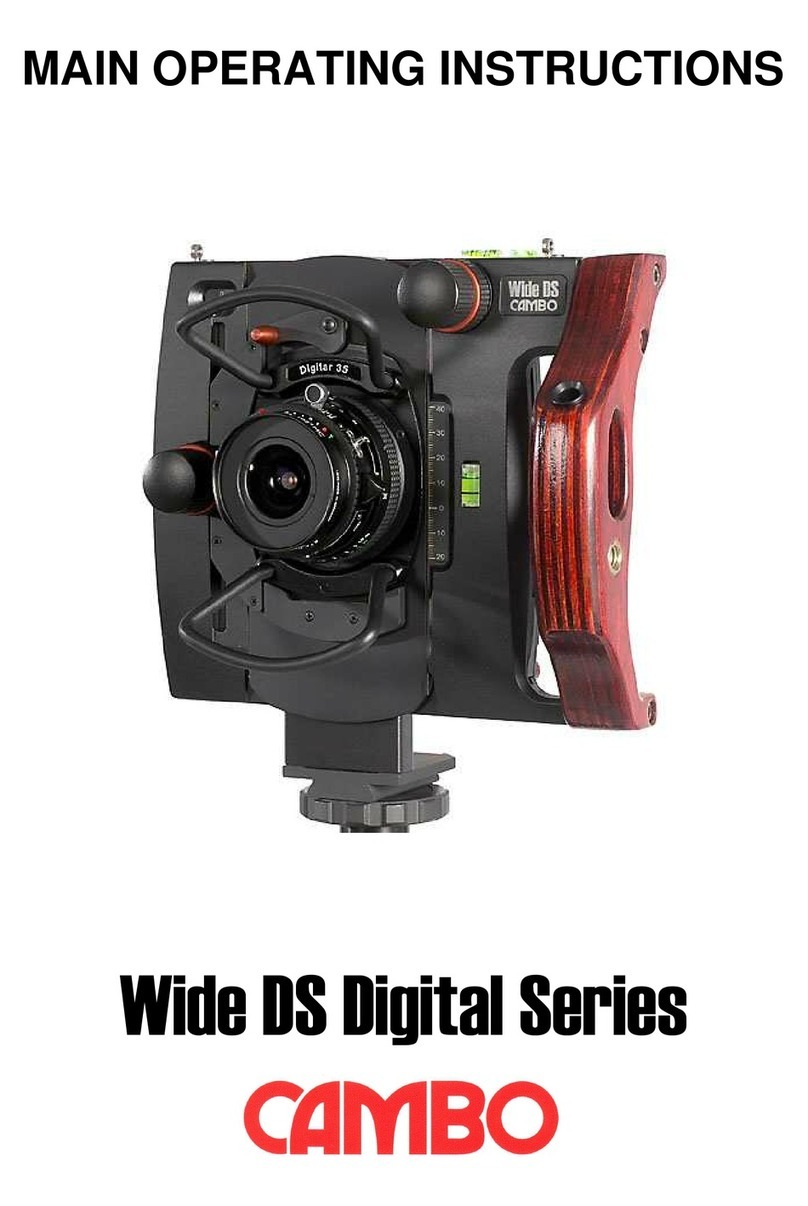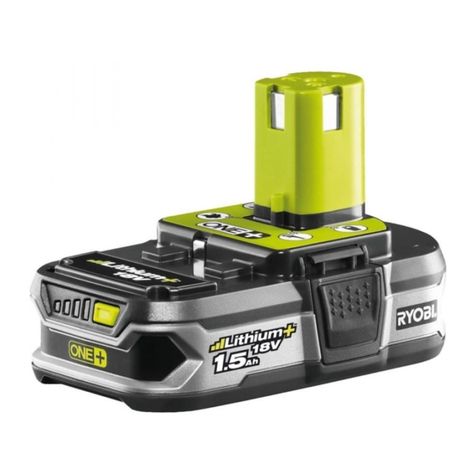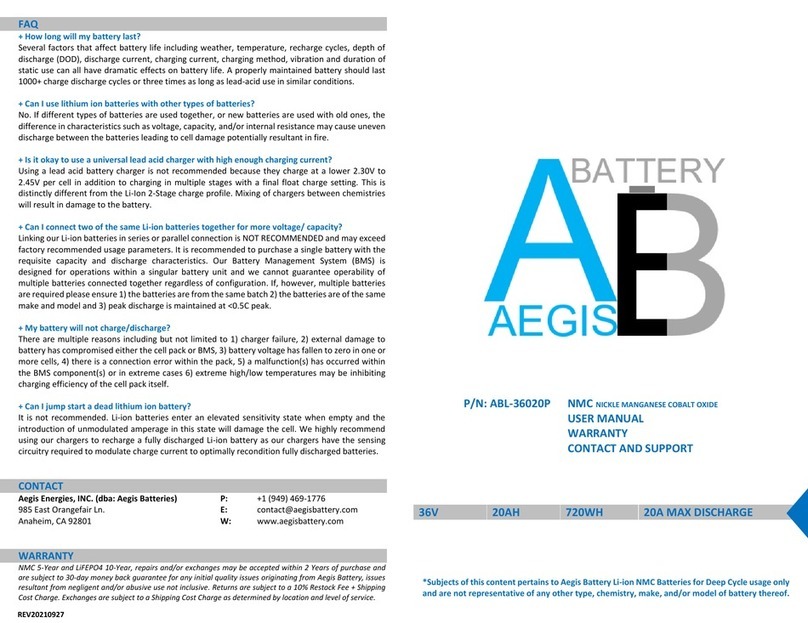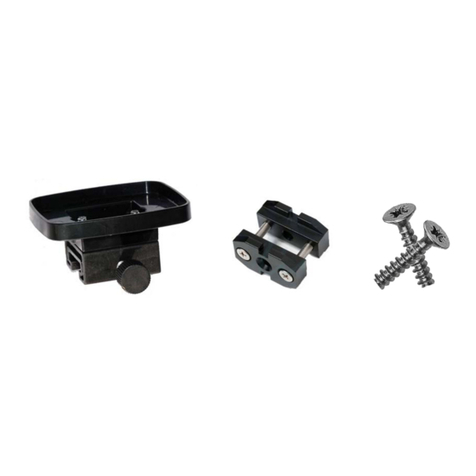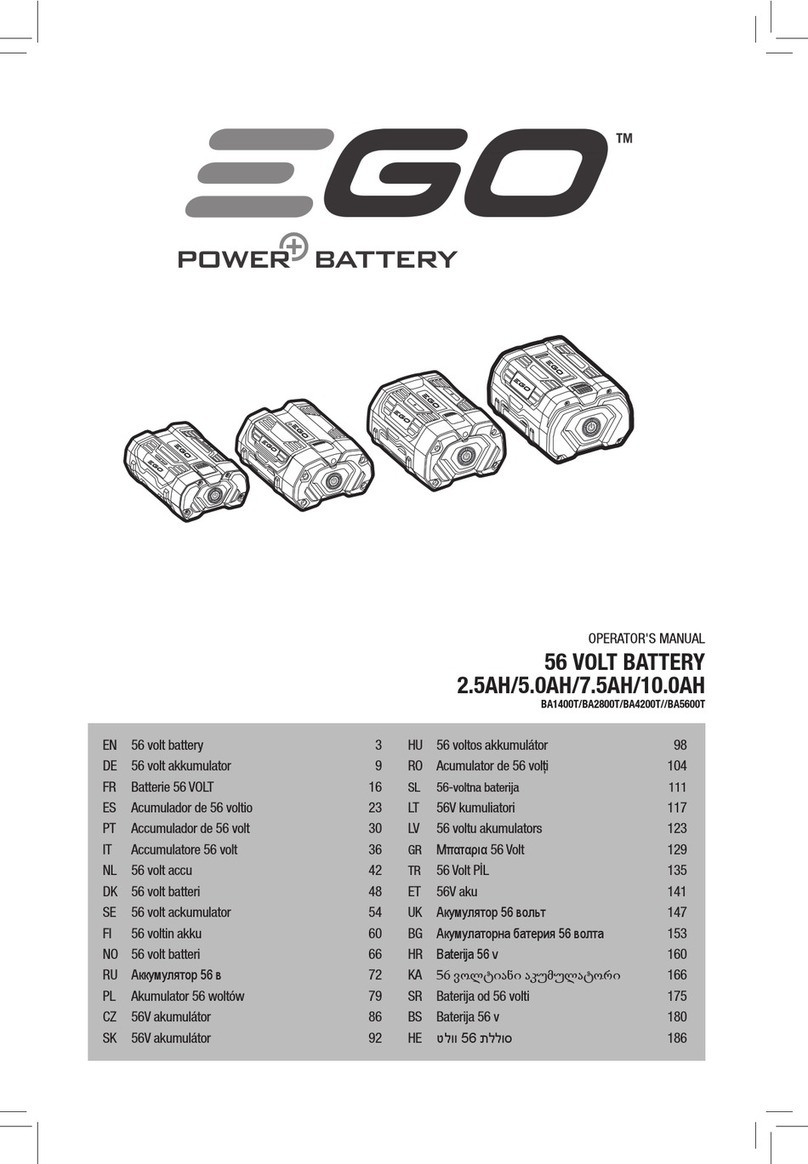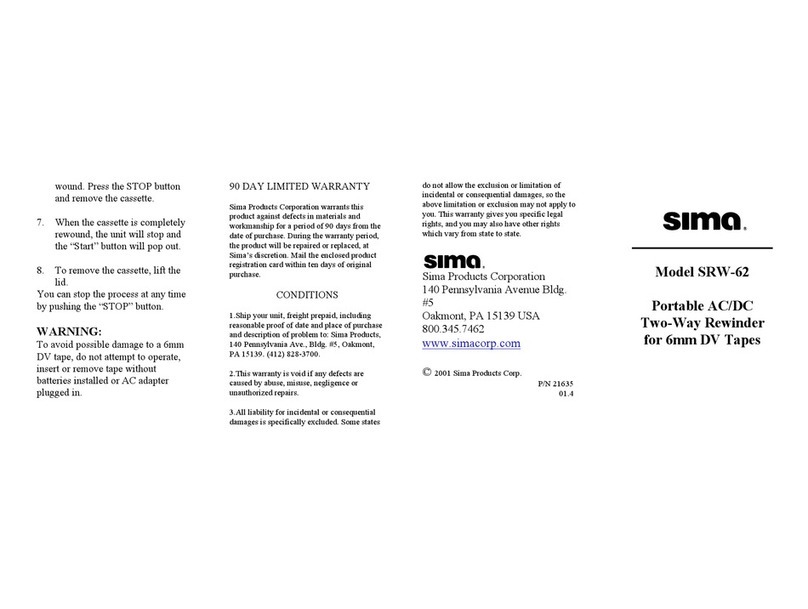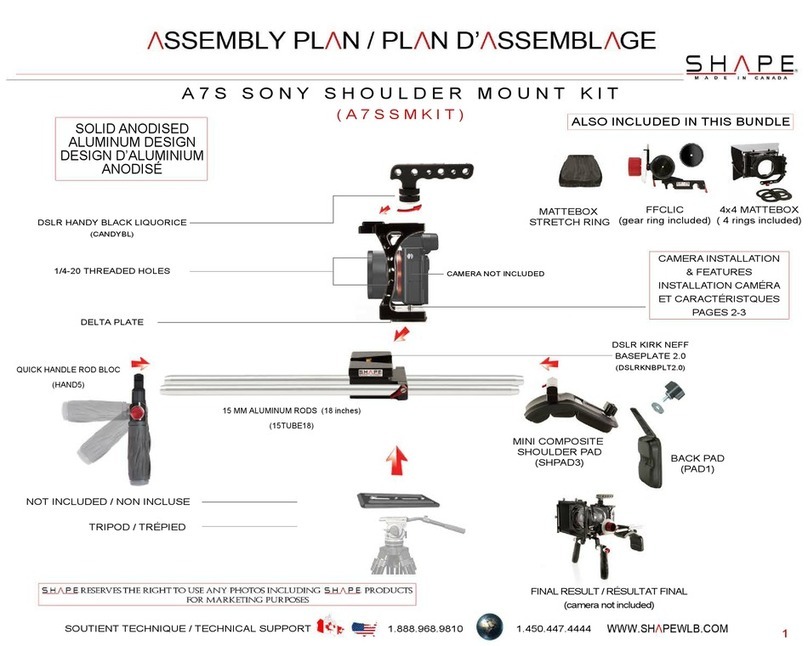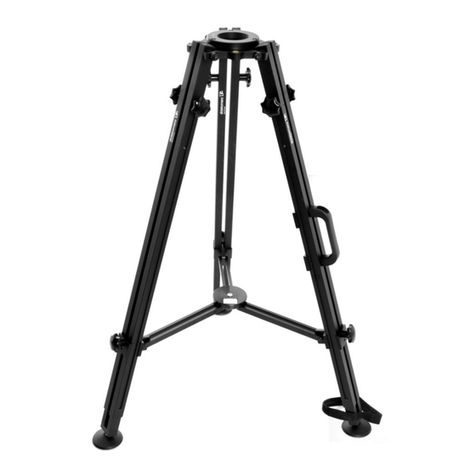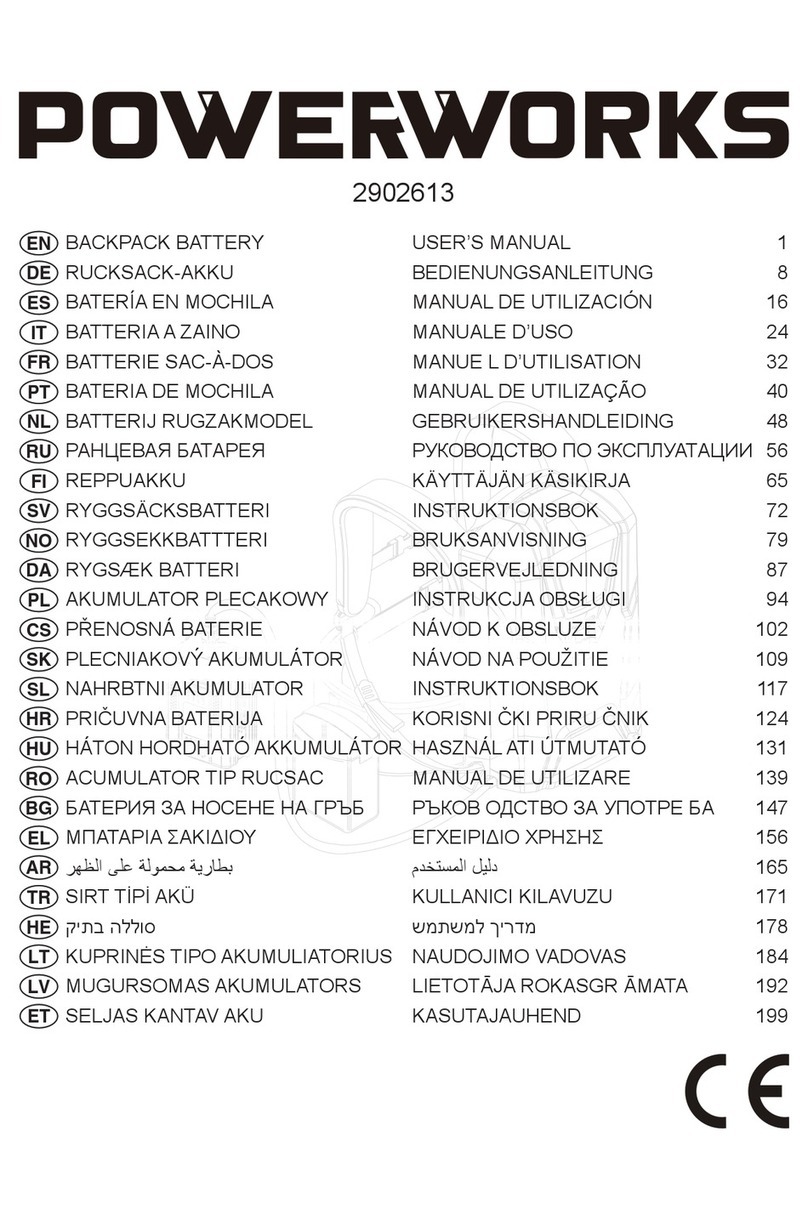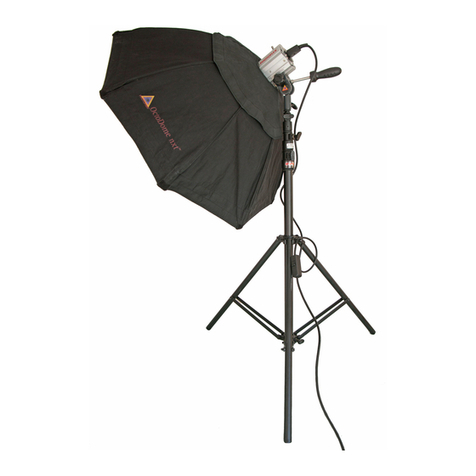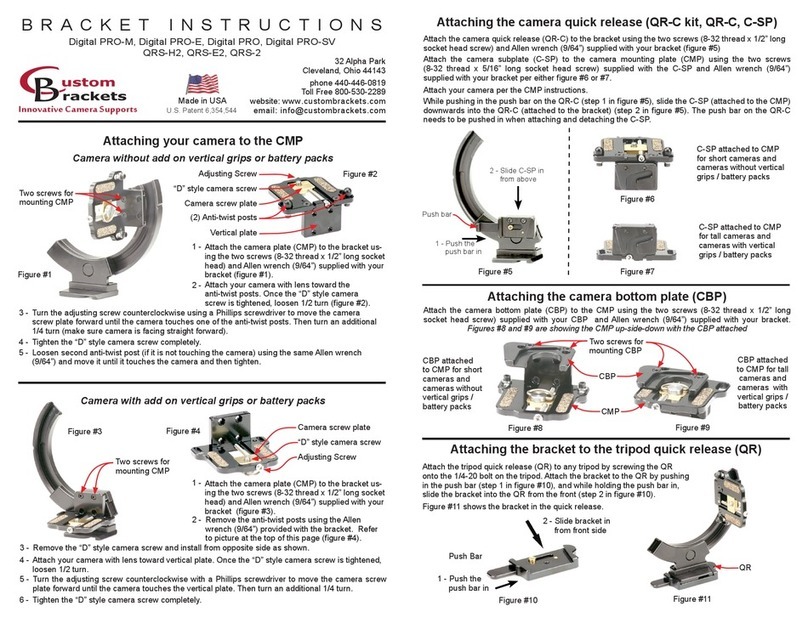
1.1. INTRODUCTION
Thank you for your purchasing of a Vortex engine. This manual contains information on how to
help you with getting the best results from your new engine. Furthermore, it will explain you how
to operate your Vortex engine safely and in a proper manner.
Vortex update this manual constantly. All the information in this manual is based on the latest
experience and product information available at the time of writing.
Vortex reserve the right to make any kind of changes to this manual at anytime without notice and
without incurring in any obligation.
This manual shall be considered part of the Vortex engine and should remain with the engine itself
if resold.
1.2. SYMBOLS
Personal injury Mechanical Danger Caution
Pay attention to the symbols of this manual. They alert you of dangerous situations for you or for
your engine.
1.3. SAFETY INFORMATION
- Do not start the engine indoor as garages, trailers, etc. Start the engine in a well-ventilated area
only. Exhaust emissions are hazardous to your health.
- Always wear gloves and proper clothing when working on your engine.
- Use caution when handling fuel. Gasoline is flammable and explosive. When working with fuel,
do not smoke or use it near fire or flames. Avoid any skin contact and inhaling fuel vapors.
- Never touch moving parts when the engine is running.
- During operation both engine and muffler, become very hot. Do not touch them and do not place
anything on them after operation.
- Do not touch the spark plug or cable. It may provoke electrical shocks.
- Understand the operation of all controls and learn how to stop the engine quickly in case of
emergency.
- Do not use the engine without clutch cover and chain protection.
